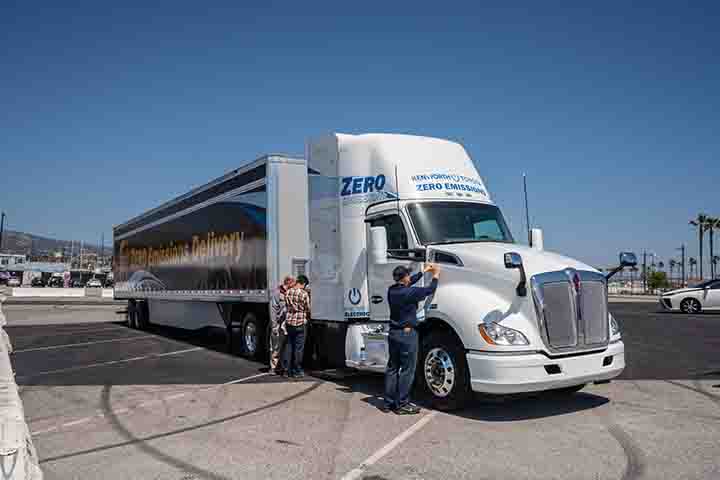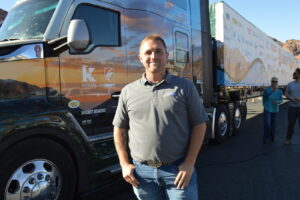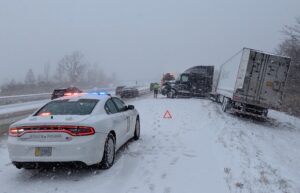SACRAMENTO, Calif. — By 2045, every new truck sold in California will be zero-emission. That’s according to the California Air Resources Board, which on June 25 adopted a first-in-the-world rule requiring truck manufacturers to transition from diesel trucks and vans to electric zero-emission trucks beginning in 2024 and culminating in 100% zero-emission trucks by 2045.
A statement from CARB describes the move as “bold and timely,” adding that it sets a clean-truck standard for the nation and the world and marks the most important air-pollution regulation to date implemented by California Gov. Gavin Newsom’s administration. The rule zeroes in on air pollution in the state’s most disadvantaged and polluted communities.
“California is an innovation juggernaut that is going electric. We are showing the world that we can move goods, grow our economy and finally dump dirty diesel,” said Jared Blumenfeld, California’s Secretary for Environmental Protection.
According to CARB, many California neighborhoods, especially Black and Brown, low-income, vulnerable communities, are adjacent to the state’s ports, railyards, distribution centers and freight corridors and experience the heaviest truck traffic. This new rule directly addresses disproportionate risks and health and pollution burdens affecting these communities and puts California on the path for an all zero-emission short-haul drayage fleet in ports and railyards by 2035, and zero-emission “last-mile” delivery trucks and vans by 2040.
“For decades, while the automobile has grown cleaner and more efficient, the other half of our transportation system has barely moved the needle on clean air,” said CARB Chair Mary D. Nichols. “Diesel vehicles are the workhorses of the economy, and we need them to be part of the solution to persistent pockets of dirty air in some of our most disadvantaged communities. Now is the time; the technology is here and so is the need for investment.”
Trucks are the largest single source of air pollution from vehicles, responsible for 70% of the smog-causing pollution and 80% of carcinogenic diesel soot, even though they number only 2 million among the 30 million registered vehicles in California, according to CARB.
The aim of this requirement to shift to zero-emission trucks, along with the ongoing shift to electric cars is to help California meet its climate goals and federal air-quality standards, especially in the Los Angeles region and the San Joaquin Valley — areas that suffer the highest levels of air pollution in the nation. Statewide, the Advanced Clean Truck regulation is expected to lower related premature deaths by 1,000.
The rule drives technology and investment, phasing in available heavy-duty zero-emission technology starting in 2024 with full transformation over the next two decades. CARB states that the rule sends a clear signal to manufacturers, fleet owners and utilities that now is the time to invest in zero-emission trucks and in the economy, building on California’s leadership as a manufacturer of zero-emission transportation.
In the coming months, CARB will consider two complementary regulations to support its June 25 action.
The first would set a stringent new limit on NOx (oxides of nitrogen), one of the major precursors of smog. This would require that new trucks that still use fossil fuels include the most effective exhaust-control technology during the transition to electric trucks. There is also a proposed requirement for larger fleets in the state to transition to electric trucks year over year.
The Trucker News Staff produces engaging content for not only TheTrucker.com, but also The Trucker Newspaper, which has been serving the trucking industry for more than 30 years. With a focus on drivers, the Trucker News Staff aims to provide relevant, objective content pertaining to the trucking segment of the transportation industry. The Trucker News Staff is based in Little Rock, Arkansas.














